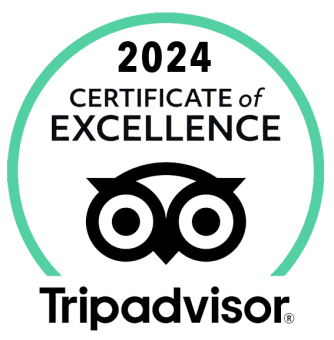Klein Curacao, the Maria Bianca Guidesman
One unfortunate day, en route to its destination, the imposing cargo ship Maria Bianca Guidesman ran aground on the beautiful island of Klein Curacao. This incident has caught the attention not only of locals but also of maritime experts and nature lovers around the world. The stranded ship has become an intriguing symbol of the fragility of our oceans and the challenges associated with maritime activities. Let’s look at the implications of this incident and efforts to address the situation.
Background on the Maria Bianca Guidesman
The Maria Bianca Guidesman is a large cargo ship used to transport goods by sea. The ship, 260 meters long and carrying more than 40,000 tons, departed from a port in South America and was bound for Europe. The unfortunate incident occurred when the ship ran into a reef while navigating around Klein Curacao, an uninhabited island southeast of the main island of Curacao.
Environmental impact
The stranded cargo ship poses significant risks to the marine ecosystem around Klein Curacao. The ship was carrying several hazardous chemicals and petroleum products, which pose a potential danger to the marine environment and coral reefs in the area. Spills and leaks can lead to water contamination and have harmful effects on marine life and biodiversity in the area.
Rescue operations and recovery measures
Immediately after the incident, efforts were made to stabilize the stranded vessel and reduce its environmental impact. Rescue and salvage teams were called in to inspect the cargo and minimize the risks of leakage. In addition, ecological experts and divers were mobilized to survey the damage to the coral reef and plan possible restoration measures.
The challenges of salvage
Salvaging a stranded cargo ship is a complex operation that requires careful planning and expertise. In the case of the Maria Bianca Guidesman, the challenge is magnified by the remote location of Klein Curacao and the logistical difficulties of getting equipment and personnel on site. The shallow water and strong sea currents make salvaging the ship a time-consuming and delicate task.
Cooperation between local authorities and international experts
Curacao authorities worked closely with international maritime experts and organizations to carry out the salvage operations in an efficient and safe manner. Resources and expertise were mobilized to stabilize the vessel, prevent potential spills and minimize environmental impacts. This cooperation highlights the importance of international solidarity in addressing maritime crises.
Future Prospect
While salvage operations continue, it is important to learn lessons from this incident. It highlights the need for strict safety measures and the implementation of precautions to prevent such accidents. Moreover, it highlights the crucial role of environmental protection and sustainability in the maritime industry.
Conclusion
The stranded cargo ship Maria Bianca Guidesman on Klein Curacao is a reminder of the challenges facing the maritime sector and the impact such incidents can have on the marine ecosystem. The incident led to intensive salvage and recovery efforts, with local authorities and international experts working together to limit the damage. It is our collective responsibility to protect the health of our oceans and ensure that such incidents are prevented in the future through safety measures and sustainable practices in the maritime sector.





